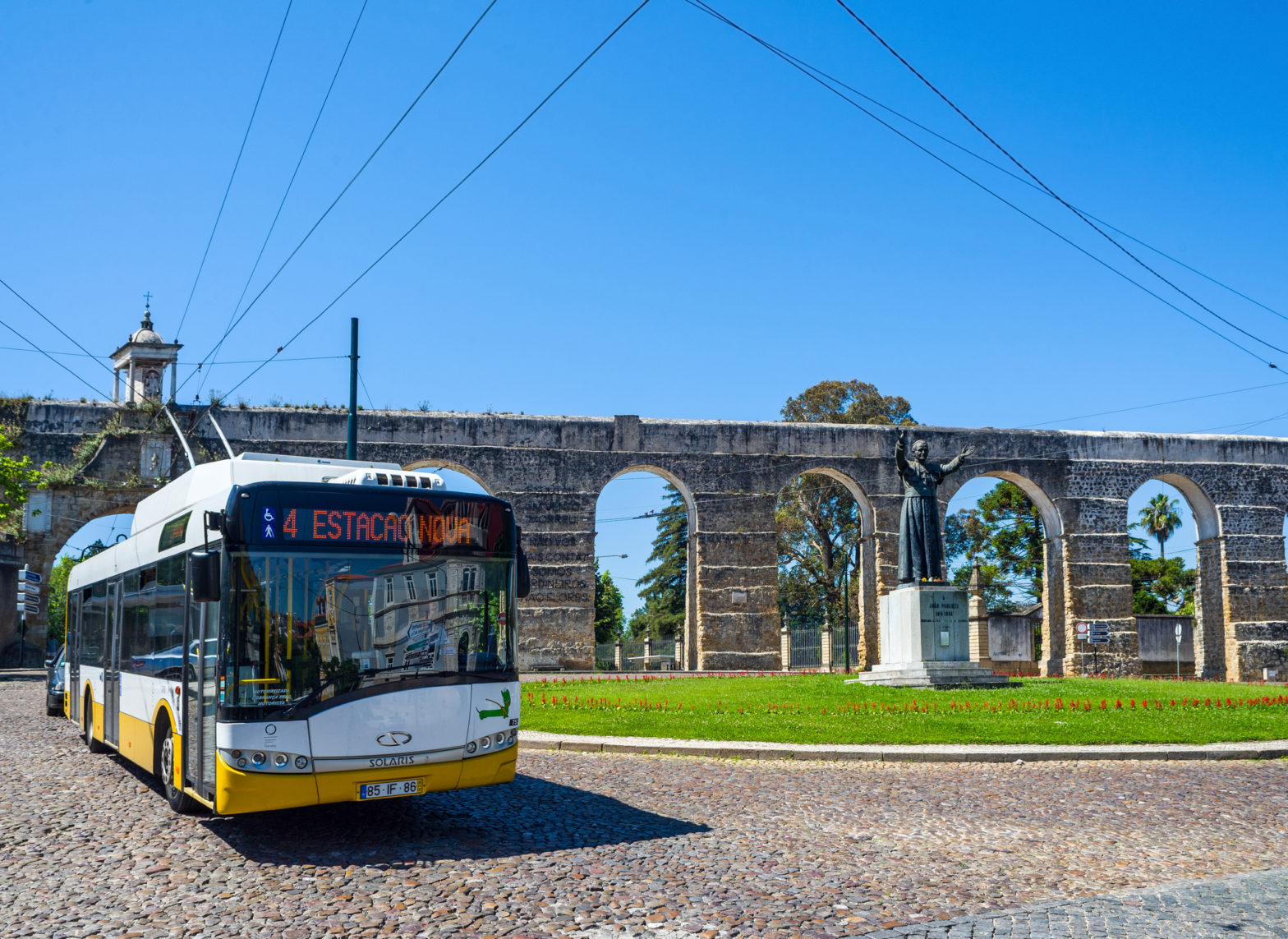
Portugal’s transport regulator backs expansion of flexible transit
10 April 2025
by William Thorpe
A new report by Portugal’s national transport regulator, the Autoridade da Mobilidade e dos Transportes (AMT), presents compelling evidence that flexible public transport (TPF) can offer an efficient, inclusive, and adaptable mobility solution–particularly for areas underserved by fixed-route services.
The 145-page study, titled Serviço Público de Transporte de Passageiros Flexível em Portugal, combines legal analysis, international benchmarking, and direct field supervision of local TPF operations.
Its central conclusion: flexibility in routing, scheduling, and service planning is essential for meeting real-world transport demand, especially in areas with sparse populations or non-linear commuting patterns.
TPF, as defined in Portuguese law since 2016, is intended to “respond to mobility needs where regular public transport or taxis do not provide a suitable answer”. While initially conceived for rural settings, the report stresses that demand-responsive services are also effective in urban and peri-urban contexts–particularly during night time hours or in districts with low or inconsistent demand.
“The adaptability of TPF allows it to respond quickly and personally to user needs,” the paper states, “while promoting accessibility, social inclusion, and a reduction in the use of private vehicles.”
AMT supervised implementations across four regions–Leiria, Coimbra, Viseu Dão Lafões, and Médio Tejo–assessing not only compliance with the legal framework but also operational outcomes.
The analysis highlights successful models such as the Vamos à Vila service in Alcoutim and +Perto in Guimarães, which provide context-sensitive transport using small vehicles and booking systems that allow for stop and route adjustments.
The regulator recommends deeper integration of TPF with existing transport systems to make public transport more attractive and reduce the reliance on private vehicles. To this end, it calls for “the promotion of TPF as part of territorial planning” and emphasises the need to align it with existing transport networks.
A main takeaway is the call for increased flexibility in legal and administrative processes. The paper suggests extending the standard six-month pilot period, noting that “it is not always possible to obtain the necessary data within that timeframe, particularly when travel patterns are changing.”
It also advocates for simplified public procurement procedures to attract more operators and foster innovation.
From a technology standpoint, AMT urges authorities to adopt “real-time reservation and service management applications” to optimise vehicle occupancy and reduce wait times. Digital tools are also essential for integrating fare systems and attracting younger and working-age populations.
Despite the promise of TPFs, the report acknowledges challenges such as fragmented services, limited modal integration, and heavy reliance on public funding. But it frames these as solvable through strategic planning, stronger governance, and targeted investment in digital and ecological infrastructure.
AMT affirms that implementing its recommendations “will strengthen TPF as an essential pillar for inclusive and sustainable mobility,” ensuring that all citizens, regardless of location or income, have access to efficient public transport.
Image: Alvaro German Vilela | Dreamstime.com








